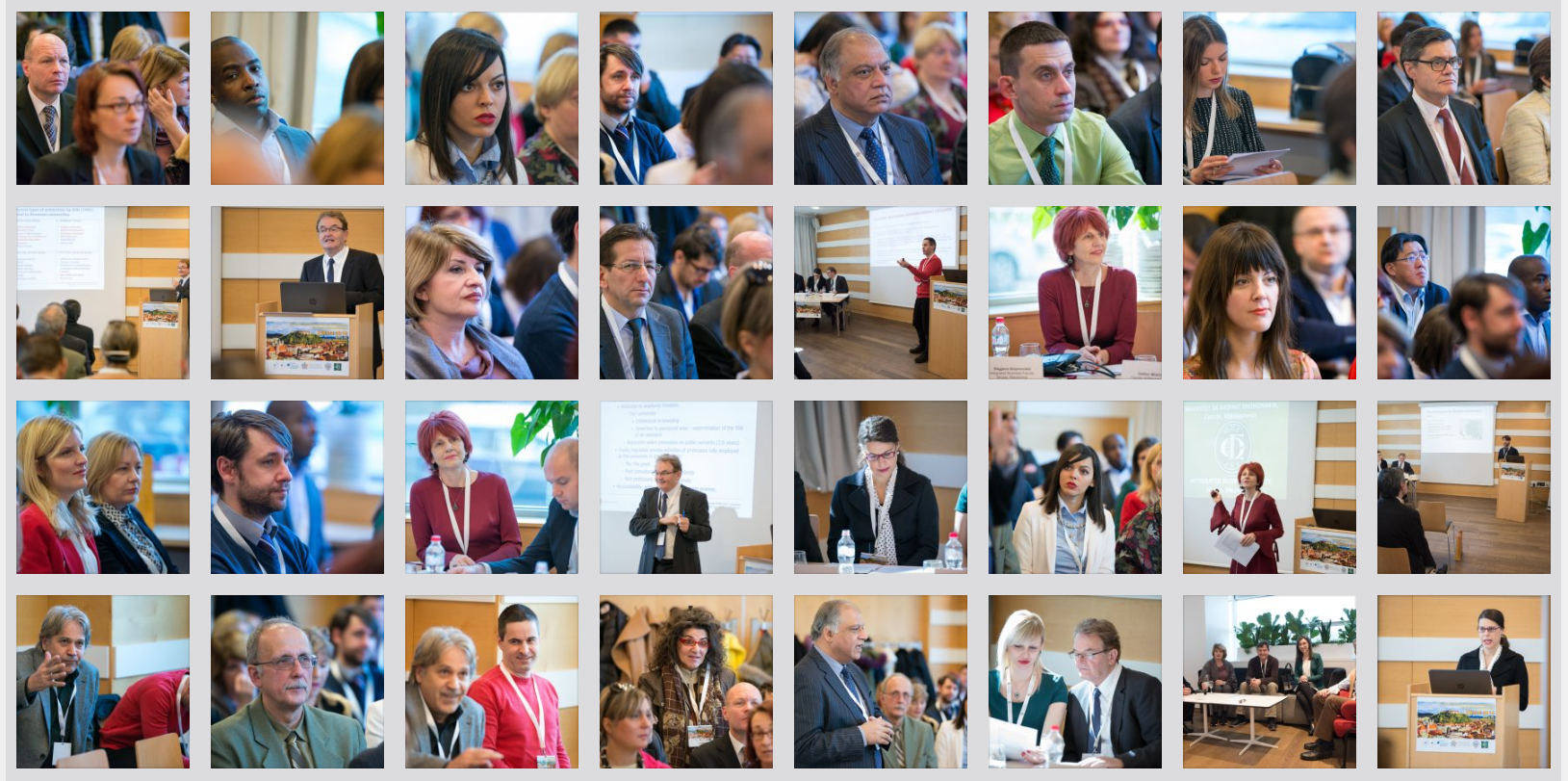Cristina Palma – Polytechnic Institute of Setúbal, School of Business and Administration, Setúbal, Portugal
Rui Dias – ISG – Business & Economics School, CIGEST, Lisbon, Portugal; ESCAD – Polytechnic Institute of Lusophony, Lisbon, Portugal; Polytechnic Institute of Setúbal, School of Business and Administration, Setúbal, Portugal
Rosa Galvão – Polytechnic Institute of Setúbal, School of Business and Administration, Setúbal, Portugal
Paulo Alexandre – Polytechnic Institute of Setúbal, School of Business and Administration, Setúbal, Portugal
Sidalina Gonçalves – Polytechnic Institute of Setúbal, School of Business and Administration, Setúbal, Portugal
Keywords:
Contagion;
Clean energy;
Gold and silver;
Safe haven
Abstract: This study’s purpose is to assess the safe haven characteristics of the precious metals Gold, Handy & Harman, Silver and Handy & Harman concerning the clean energy indices S&P Global Clean Energy and WilderHill Clean Energy, testing this evidence through the contagion phenomenon. The results indicate that Gold and Silver act as safe-haven assets with clean energy indices such as the WilderHill Clean Energy Index and the S&P GLOBAL CLEAN ENERGY. So, investors tend to favour Gold and Silver over clean energy indices in periods of uncertainty in the financial markets due to their identified stability and security. This perception is attributed to the historical function of precious metals as stores of value and their vast industrial applications and acceptance as forms of payment. These results have important implications for investment decisions, especially during periods of volatility and uncertainty in the financial markets.

Download full paper

8th International Scientific Conference – EMAN 2024 – Economics and Management: How to Cope With Disrupted Times, Rome, Italy, March 21, 2024, CONFERENCE PROCEEDINGS, published by: Association of Economists and Managers of the Balkans, Belgrade, Serbia; ISBN 978-86-80194-83-7, ISSN 2683-4510, DOI: https://doi.org/10.31410/EMAN.2024
Creative Commons Non Commercial CC BY-NC: This article is distributed under the terms of the Creative Commons Attribution-Non-Commercial 4.0 License (https://creativecommons.org/licenses/by-nc/4.0/) which permits non-commercial use, reproduction and distribution of the work without further permission.
REFERENCES
Ahmad, W. (2017). On the dynamic dependence and investment performance of crude oil and clean energy stocks. Research in International Business and Finance, 42, 376–389. https://doi.org/10.1016/J.RIBAF.2017.07.140
Attarzadeh, A., & Balcilar, M. (2022). On the Dynamic Connectedness of the Stock, Oil, Clean Energy, and Technology Markets. Energies, 15(5). https://doi.org/10.3390/en15051893
Dawar, I., Dutta, A., Bouri, E., & Saeed, T. (2021). Crude oil prices and clean energy stock indices: Lagged and asymmetric effects with quantile regression. Renewable Energy, 163, 288–299. https://doi.org/10.1016/J.RENENE.2020.08.162
Dias, R., Alexandre, P., Teixeira, N., & Chambino, M. (2023). Clean Energy Stocks: Resilient Safe Havens in the Volatility of Dirty Cryptocurrencies. Energies, 16(13). https://doi.org/10.3390/en16135232
Dias, R., & Carvalho, L. C. (2020). Hedges and safe havens: An examination of stocks, Gold and Silver in Latin America’s stock market. Revista de Administração Da UFSM, 13(5), 1114–1132. https://doi.org/10.5902/1983465961307
Dias, R., Horta, N., & Chambino, M. (2023). Clean Energy Action Index Efficiency: An Analysis in Global Uncertainty Contexts. Energies, 16(9), 3937. https://doi.org/10.3390/en16093937
Dias, R. T., & Carvalho, L. (2021). The Relationship Between Gold and Stock Markets During the COVID-19 Pandemic. May, 462–475. https://doi.org/10.4018/978-1-7998-6643-5.ch026
Dias, R., Teixeira, N., Alexandre, P., & Chambino, M. (2023). Exploring the Connection between Clean and Dirty Energy: Implications for the Transition to a Carbon-Resilient Economy. Energies, 16(13), 4982. https://doi.org/10.3390/en16134982
Elie, B., Naji, J., Dutta, A., & Uddin, G. S. (2019). Gold and crude oil as safe-haven assets for clean energy stock indices: Blended copulas approach. Energy, 178. https://doi.org/10.1016/j.energy.2019.04.155
Erdoğan, S., Gedikli, A., Çevik, E. İ., Erdoğan, F., & Çevik, E. (2022). Precious metals as safe-haven for clean energy stock investment: Evidence from nonparametric Granger causality in distribution test. Resources Policy, 79. https://doi.org/10.1016/j.resourpol.2022.102945
Fisher, R. A. (1930). The genetical theory of natural selection. In Oxford University Press. https://doi.org/10.1038/158453a0
Forbes, K. J., & Rigobon, R. (2002). No Contagion, Only Interdependence: Measuring Stock Market Comovements. The Journal of Finance, 57(5), 2223–2261. https://doi.org/10.2307/3094510
Gustafsson, R., Dutta, A., & Bouri, E. (2022). Are energy metals hedges or safe havens for clean energy stock returns? Energy, 244. https://doi.org/10.1016/j.energy.2021.122708
Hadri, K. (2000). Testing for stationarity in heterogeneous panel data. The Econometrics Journal. https://doi.org/10.1111/1368-423x.00043
Huang, W., & Chang, M. S. (2021). Gold and Government Bonds as Safe-Haven Assets Against Stock Market Turbulence in China. SAGE Open, 11(1). https://doi.org/10.1177/2158244021990655
Jarque, C. M., & Bera, A. K. (1980). Efficient tests for normality, homoscedasticity and serial independence of regression residuals. Economics Letters, 6(3), 255–259. https://doi.org/10.1016/0165-1765(80)90024-5
Pindyck, R. S., & Rotemberg, J. J. (1990). Do Stock Prices Move Together Too Much? National Bureau of Economic Research Working Paper Series, No. 3324.
Teixeira, N., Dias, R., & Pardal, P. (2022). The gold market as a safe haven when stock markets exhibit pronounced levels of risk : evidence during the China crisis and the COVID-19 pandemic. April, 27–42.
Ustaoglu, E. (2023). Diversification, hedge, and safe-haven properties of Gold and bitcoin with portfolio implications during the Russia–Ukraine war. Resources Policy, 84. https://doi.org/10.1016/j.resourpol.2023.103791

